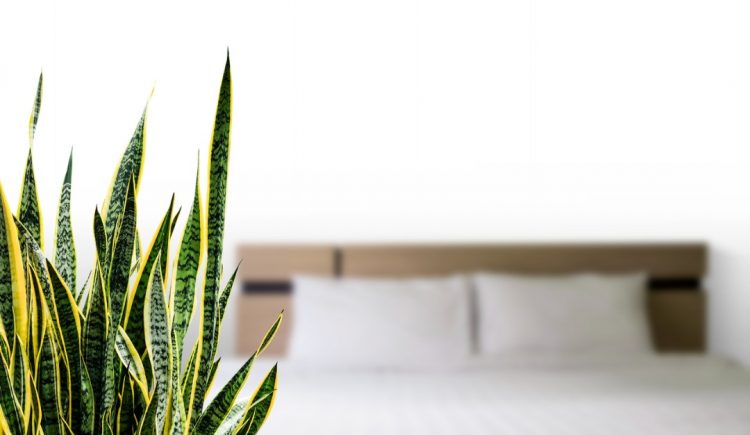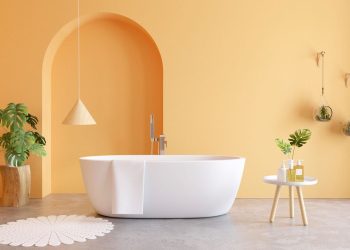Poor sleepers have heard dozens of suggestions for getting the best night’s zzz’s; a warm bath before bedtime. Avoiding caffeine or alcohol. Keeping your bedroom quiet, dark and cool.
But while any of these remedies may work for you, here’s one you may not have discovered: houseplants.
A 1989 NASA study found that plants remove toxins from the air by trapping them in their leaves and roots—and while that notion has been questioned by some sleep experts since, there is mounting evidence that having a plant in your bedroom can boost your mood and lower anxiety, and that fragrant plants do have the capacity to calm nerves and induce sleep.
For one thing, say sleep pundits, plants contain water vapor, which can help prevent the mucous membranes in the nose and throat from drying out and disturbing sleep.
For another, plants produce negative ions, like those present in waterfalls and after rainstorms, which have a tendency to act as air purifiers.
Lastly, whether you believe these claims or not, there is an aesthetic benefit to houseplants—a pleasing vibe that in itself has the power to soothe.
So, on the chance that adding a houseplant to your sleeping space may help you get a better night’s sleep, here are the types most commonly recommended:
- Fragrant Plants, Such as Jasmine, Gardenia or Lavender – Lovely and colorful, these scented plants require at least some sunlight and regular, if infrequent watering. Check care instructions before installing them on your dresser.
- Spider Plant – Despite the creepy-crawly name, the spider plant is among the most popular and easiest to grow of all hanging or trailing houseplants. It requires little water and does well in low light, although it likes occasional exposure to sunlight.
- Golden Pothos – This attractive, vine-like plant is low maintenance, thriving in low light and needing water only when the soil is dry. Note, however, that it’s poisonous if eaten, so avoid it around children or animals.
- Snake Plant – If there was a prize for the most tolerant plant, this one would be a winner. It requires only indirect sunlight and little water. In fact, you can leave it for weeks at a time and it will still look great. Like pothos, though, it is poisonous if eaten.











